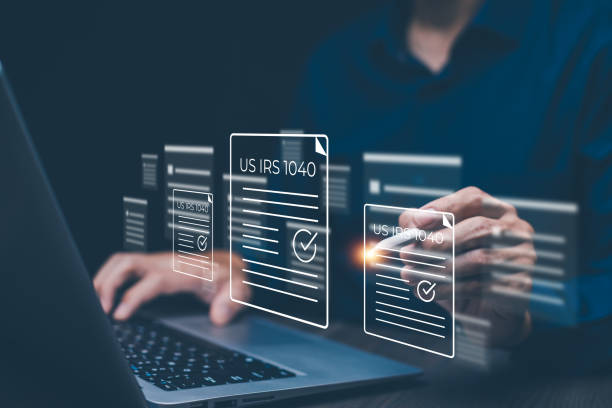What is On-Page SEO and Why is it Important?
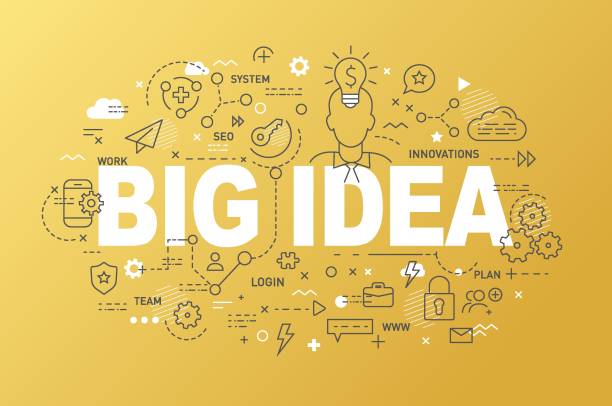
On-Page SEO (On-Page SEO) refers to the set of actions you take within your website to improve its ranking in search engines.
These actions include optimizing content, site structure, HTML tags, and more.
Why is #On_Page_SEO important? Because it helps search engines better understand your content and display it to more relevant users.
When your website’s on-page SEO is done correctly, there’s a higher chance of achieving a better ranking in search results and gaining more organic traffic.
In fact, On-Page SEO is one of the main foundations of any successful SEO strategy.
This activity also helps Google index your website faster.
Websites that are not optimized have less chance of appearing on Google’s first pages.
So, one of the goals of this type of SEO is to improve your position in Google.
Furthermore, user experience also improves, as the site structure becomes more organized and content becomes more relevant.
For example, using appropriate keywords in titles and meta descriptions can help users quickly understand what your site is about.
Does your current website build the trust that potential customers should have in your business? If the answer is no, it’s time to have your professional and impactful corporate website with Rasawb.
✅ Fully custom design tailored to your brand identity
✅ Increased lead generation and business credibility in the eyes of customers⚡ Contact us for a free consultation!
Keyword Research: The Cornerstone of On-Page SEO

Keyword research is the first and most crucial step in On-Page SEO.
You need to know what words users employ to find your content.
For this, you can use various tools such as Ahrefs Keywords Explorer, Ubersuggest, Google Keyword Planner, and Semrush.
Select keywords based on search volume, competition, and relevance to your content.
Then, naturally incorporate these keywords into your titles, meta descriptions, main text, and image tags.
Remember that excessive use of keywords (Keyword Stuffing) can have a negative impact.
Try to use keywords in a way that keeps your text readable and engaging.
Another important point is to focus on Long-Tail Keywords.
These keywords usually have lower search volume but also less competition, and they can attract more targeted traffic to your site.
For example, instead of using the keyword “shoes”, use the phrase “buy men’s athletic running shoes”.
Optimizing Titles and Meta Descriptions: The First Impression
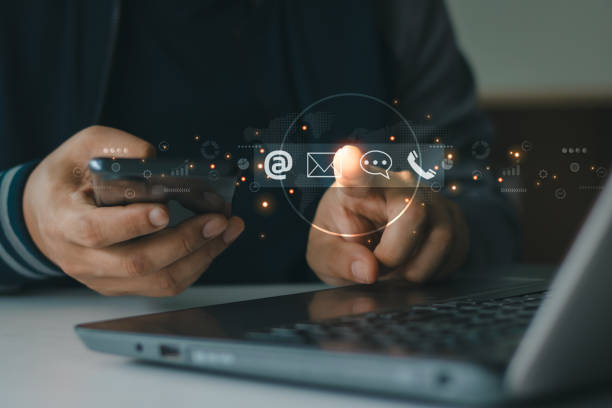
Titles and meta descriptions are the first things users see in search results.
Therefore, optimizing them is crucial for attracting clicks.
Titles should be engaging, relevant, and contain the main keyword.
The title length should not exceed 60 characters, as otherwise, it will be truncated in search results.
Meta descriptions should be a summary of the page’s content and encourage users to click.
The meta description length should not exceed 160 characters.
Try to use Call to Action verbs like “Shop now”, “Read more”, or “Sign up now”.
Also, using emojis in titles and meta descriptions can attract users’ attention.
Remember that titles and meta descriptions should be unique for each page.
Copying titles and meta descriptions from one page to another can negatively impact your site’s SEO.
For example, if you have an online store, create a unique title and meta description for each product, including its name, features, and benefits.
On-Page SEO means observing all these points.
| Feature | Description |
|---|---|
| Title Length | Maximum 60 characters |
| Meta Description Length | Maximum 160 characters |
| Content | Relevant, engaging, keyword-rich |
| Uniqueness | Must be different for each page |
Content Optimization: The King of SEO
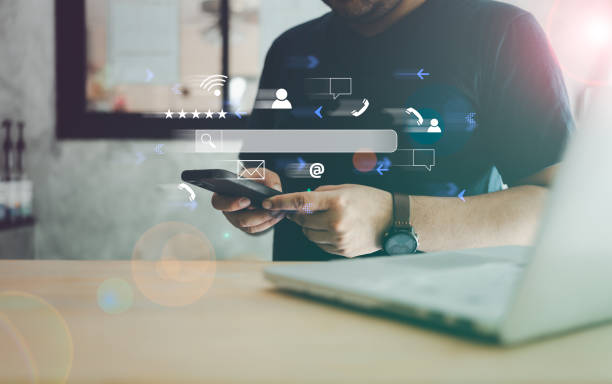
Content is the king of SEO.
High-quality, relevant, and engaging content can significantly improve your site’s ranking.
Your content should answer users’ questions and meet their needs.
Try to present your content in various formats such as text, images, videos, and infographics.
Using images and videos can make your content more engaging and understandable.
Your content should be regularly updated to stay fresh for search engines and users.
Also, internal and external linking can help improve your site’s SEO.
Internal linking means linking to other pages on your own site.
This helps search engines better understand your site’s structure and helps users navigate your site easily.
External linking means linking to other websites.
This can help increase your site’s credibility.
To improve On-Page SEO, optimize content as followsOn-Page SEO
Are you dissatisfied with your e-commerce site’s low sales?
Rasawb is your solution for having a professional and high-selling e-commerce website.
✅ Significant increase in sales and revenue
✅ Easy and enjoyable shopping experience for customers⚡ Get a free consultation from Rasawb now!
Image Optimization: Visual SEO
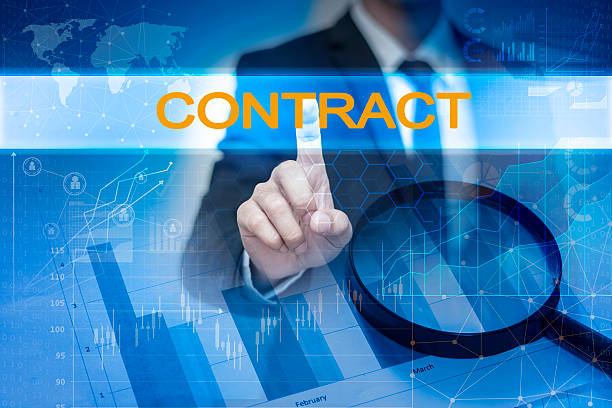
Images play an important role in user experience and can also contribute to your site’s SEO.
To optimize images, first reduce their size to increase page loading speed.
Use appropriate formats such as JPEG and PNG.
Name image files with relevant keywords.
For example, instead of “IMG_1234.jpg”, use “buy-men’s-athletic-shoes.jpg”.
Fill image Alt tags with precise and relevant descriptions.
Alt tags help search engines understand image content and are displayed to users if the image fails to load.
Also, using an image sitemap (XML Sitemap) can help search engines find your images faster.
Image optimization is an important aspect of On-Page SEO that is often overlooked.
Site Structure: Information Architecture

Your site structure should be logical and organized so that users and search engines can easily navigate it.
Use a hierarchical (tree) structure where important pages are at the top and less important pages are at the bottom.
The site navigation menu should be clear and understandable.
Internal links should function correctly and guide users to relevant pages.
Use short, descriptive URLs that contain relevant keywords.
Use Breadcrumbs to show the user’s path on the site.
Breadcrumbs help users easily return to previous pages.
Also, using an HTML and XML sitemap can help search engines find all pages on your site.
Faster page indexing increases On-Page SEO.
Site structure is of particular importance in On-Page SEO.
Site Speed: Better User Experience

Site speed is one of the important factors in user experience and SEO.
Users expect your site pages to load quickly.
If your site speed is low, users may leave your site and visit a competitor’s site.
To increase site speed, first reduce image sizes.
Use an optimized Content Management System (CMS) like WordPress.
Use a high-quality hosting.
Enable browser caching.
Use a CDN (Content Delivery Network).
A CDN stores your site’s content on various servers worldwide and selects the closest server to users for content loading.
This can significantly increase your site’s loading speed.
Also, you can use tools like Google PageSpeed Insights and GTmetrix to check your site’s speed and identify potential issues.On-Page SEO is directly affected by site speed.
| Factor | Description |
|---|---|
| Image Optimization | Reducing image sizes and using appropriate formats |
| Using CDN | Storing content on various servers worldwide |
| Browser Caching | Storing content in the user’s browser |
| Quality Hosting | Choosing a high-speed hosting |
Mobile Optimization: Responsive Design

With the increasing use of mobile devices, optimizing your site for mobile is very important.
Your site should be fully responsive and display correctly on various devices.
Use a simple and user-friendly design.
Use readable fonts and appropriate sizes.
Use large, touch-friendly buttons.
Mobile site loading speed should be high.
Google uses Mobile-First Indexing, meaning the mobile version of your site is used for ranking in search results.
Therefore, mobile optimization is crucial for your site’s SEO.
If your site does not display well on mobile, you might lose your ranking in search results.
On-Page SEO and mobile optimization are directly related.
Does your current corporate website present a worthy image of your brand and attract new customers?
If not, turn this challenge into an opportunity with Rasawb’s professional corporate website design services.
✅ Significantly improves your brand’s credibility and image.
✅ Paves the way for attracting leads and new customers.⚡ For free and expert consultation, contact Rasawb now!
Internal Linking: Structuring Content
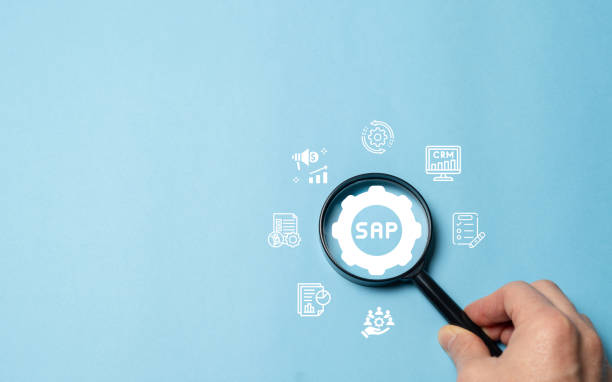
Internal linking is one of the most important On-Page SEO techniques.
Internal linking means linking to other pages on your own site.
This helps search engines better understand your site’s structure and helps users navigate your site easily.
Internal links should be relevant and logical.
Use appropriate Anchor Text.
Anchor text is the text that is linked to another page.
Anchor text should be descriptive and contain relevant keywords.
Avoid linking to irrelevant pages.
Internal linking can help increase the ranking of important pages on your site and attract more organic traffic.
Site pages are indexed faster through internal links.
The Importance of HTTPS: Security and Trust
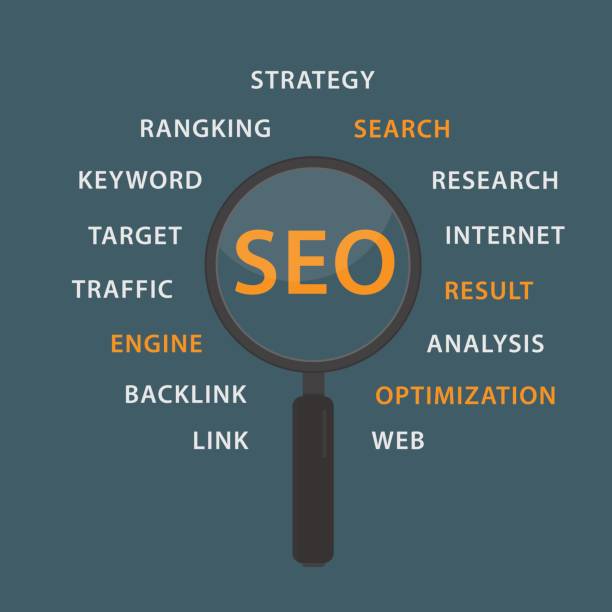
Using HTTPS is essential for your site’s security.
HTTPS is a secure protocol that encrypts information between the user’s browser and the site’s server.
This protects sensitive user information such as passwords and credit card details.
Google gives a higher ranking to sites that use HTTPS.
Also, users have more trust in sites that use HTTPS.
If your site doesn’t use HTTPS, users’ browsers might warn them that your site is not secure.
This can lead to a decrease in your site’s traffic.
To enable HTTPS, you need to purchase an SSL certificate and install it on your server.On-Page SEO and site security are directly related, and HTTPS is an important security factor. HTTPS is a crucial factor in On-Page SEOHTTPS as a ranking signal
Frequently Asked Questions
| Question | Answer |
|---|---|
| What is On-Page SEO? | It refers to the set of actions performed within a website to improve its ranking in search engines. |
| Why is On-Page SEO important? | Because it helps search engines better understand your site’s content and structure, and it improves user experience. |
| What are the most important elements of On-Page SEO? | Title and meta descriptions, keywords, URL structure, quality content, image optimization, internal linking, and site speed. |
| How to optimize Title Tags and Meta Descriptions? | The title should include the main keyword and be engaging, and the meta description should be a compelling summary of the content with relevant keywords. |
| What is the role of keywords in On-Page SEO? | Keywords tell search engines what the page content is about and should be used naturally and intelligently within the text. |
| How is image optimization done for On-Page SEO? | By compressing size, using descriptive file names, and filling Alt tags with relevant descriptions and keywords. |
| What is Internal Linking and what is its purpose? | It is connecting different pages of a site to each other. This helps distribute Page Authority and improves search engine crawling. |
| What is the importance of site loading speed in On-Page SEO? | High speed improves user experience and is one of the important ranking factors for search engines like Google. |
| What impact does site Responsiveness (Mobile-Friendliness) have on On-Page SEO? | Given the increase in mobile users, responsiveness is essential for providing a suitable user experience on all devices and for Google’s mobile-first indexing priority. |
| What are the important content-related factors in On-Page SEO? | Originality, quality, comprehensiveness, readability, proper use of headings (H1, H2,…), and regular content updates. |
And other services of Rasawb Advertising Agency in the field of advertising
- Smart Marketplace: A creative platform to improve customer behavior analysis with custom programming.
- Smart Link Building: A creative platform to improve customer acquisition by optimizing key pages.
- Smart Digital Advertising: Transform digital branding with SEO-driven content strategy.
- Smart Content Strategy: Designed for businesses seeking to increase sales through engaging UI design.
- Smart Digital Advertising: A combination of creativity and technology for user engagement through marketing automation.
And over hundreds of other services in internet advertising, advertising consultation, and organizational solutions
Internet Advertising | Advertising Strategy | Advertorials
Resources
What is On-Page SEO? A Comprehensive Guide
Comprehensive Guide to Website On-Page SEO
Website On-Page SEO Tutorial and Advanced Techniques
Complete Guide to On-Page SEO
? With Rasawb Afarin, specialists in corporate website design, SEO, and digital marketing, have a powerful and impactful presence in the online world.
📍 Tehran, Mirdamad Street, next to Central Bank, Southern Kazeroun Alley, Ramin Alley, No. 6

